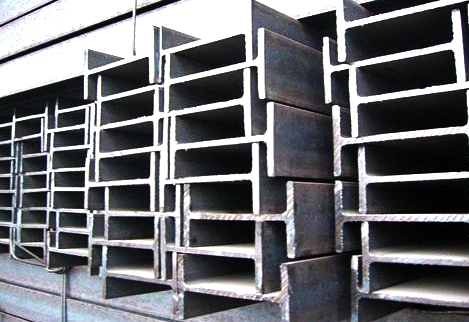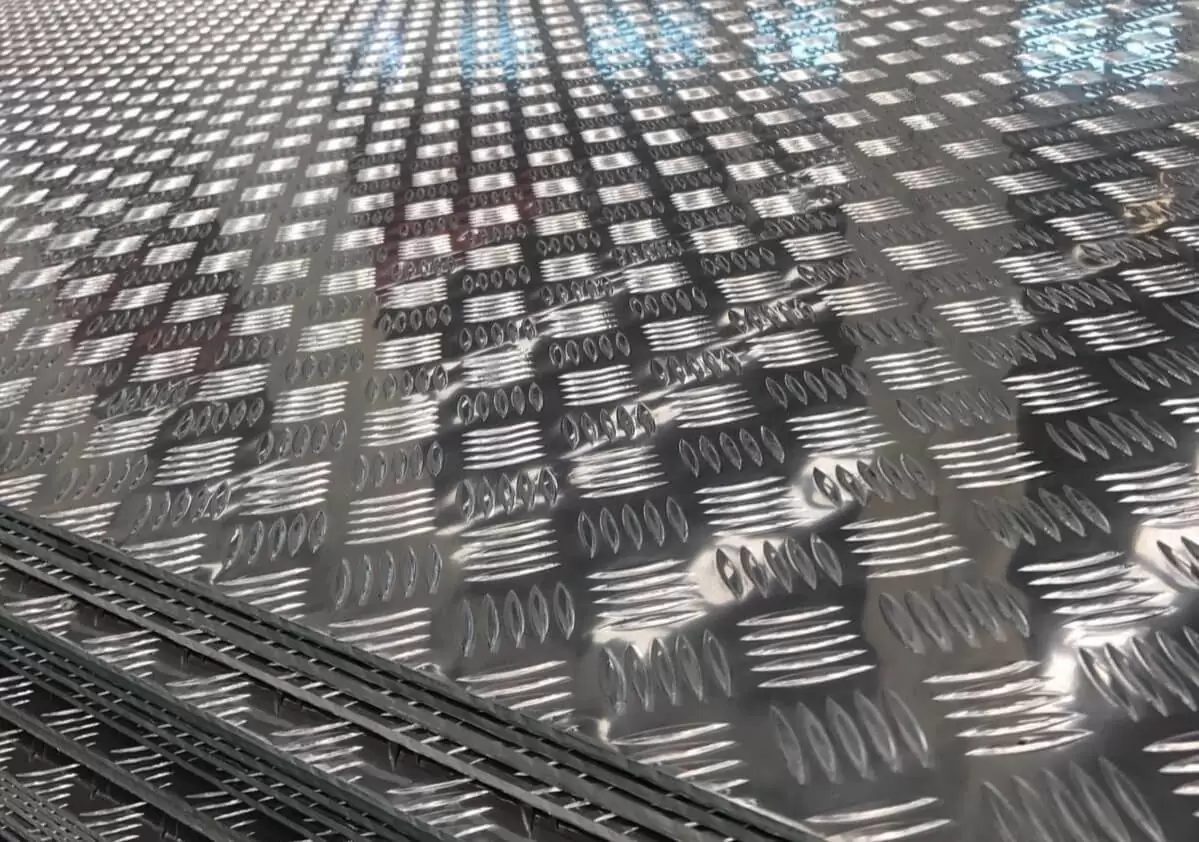Understanding Steel Beams: Strength, Types, and Applications
July 18, 2024 - 0 COMMENTS
steel beam are fundamental components in construction known for their strength, versatility, and crucial role in supporting structural loads over long spans. Understanding the characteristics, types, and applications of steel beams is essential for architects, engineers, and builders alike. This article explores the key aspects of steel beams, emphasizing their strength, various types, and wide-ranging applications in construction.
Strength of Steel Beams
Steel beams are prized for their exceptional strength-to-weight ratio, which allows them to support heavy loads without excessive bulk. This strength stems from the material properties of steel itself, including high tensile strength and stiffness. Steel beams can withstand significant forces, making them ideal for applications where structural integrity and reliability are paramount.
Types of Steel Beams
1. I-Beams (or H-Beams)
I-beams are the most common type of steel beams, characterized by their distinctive “I” shape. They are versatile and widely used in construction due to their efficient cross-sectional shape, which provides excellent load-bearing capacity while minimizing material weight. I-beams are suitable for spanning long distances and supporting heavy loads in buildings, bridges, and industrial structures.
2. Wide Flange Beams
Wide flange beams (W-beams) are similar to I-beams but have wider flanges, hence their name. This increased width provides greater strength and stability, making them suitable for applications requiring higher load-bearing capacities or where resistance to bending and deflection is crucial. Wide flange beams are commonly used in skyscrapers, bridges, and large industrial buildings.
3. Channel Beams
Channel beams, also known as C-beams, have a C-shaped cross-section. They are often used for structural support in applications requiring less depth than I-beams or wide flange beams. Channel beams are versatile and can be used horizontally or vertically, making them suitable for framing, supports, and bracing in buildings and infrastructure.
4. Angle (L) Beams
Angle beams, or L-beams, have an L-shaped cross-section with two legs at a 90-degree angle. They are used primarily for structural framing and reinforcement where corners or edges need to be supported or reinforced. Angle beams provide added strength and stability in applications such as building frames, braces, and supports.
Applications of Steel Beams
Steel beams are indispensable in various construction applications due to their strength, durability, and versatility. Some common applications include:
- Building Construction: Steel beams serve as primary structural elements in buildings of all sizes, from residential homes to skyscrapers. They provide support for floors, roofs, and walls, allowing for open and flexible interior spaces.
- Bridges and Infrastructure: steel beam are widely used in bridge construction due to their ability to span long distances and withstand heavy traffic loads. They are also used in infrastructure projects such as railway tracks, tunnels, and highway overpasses.
- Industrial Facilities: Steel beams support heavy machinery, equipment, and storage systems in industrial facilities such as factories, warehouses, and manufacturing plants. Their strength and load-bearing capacity make them essential for maintaining operational efficiency and safety.
- Residential Construction: In residential construction, steel beams are used for framing, supporting balconies, and creating open floor plans. They provide structural stability and allow architects and builders to design modern and aesthetically pleasing homes.
Conclusion
Steel beams are critical components in construction due to their strength, versatility, and ability to support heavy loads over long spans. Understanding the different types of steel beams, including I-beams, wide flange beams, channel beams, and angle beams, enables architects and engineers to select the most suitable beam for each application based on structural requirements and load-bearing capacities. From skyscrapers and bridges to residential homes and industrial facilities, steel beams play a vital role in shaping modern infrastructure and architectural design, ensuring durability, safety, and functionality in diverse construction projects.
TAG'S : steel beam
 AUTHOR
AUTHOR
SHANE DOE
Hello!! My name is SHANE DOE, I’m glad if you are reading this, which means you are someone who likes the environmental, construction, business, electronics, and lifestyle-related blogs because this is what our website delivers about. I hope you enjoyed it all.












